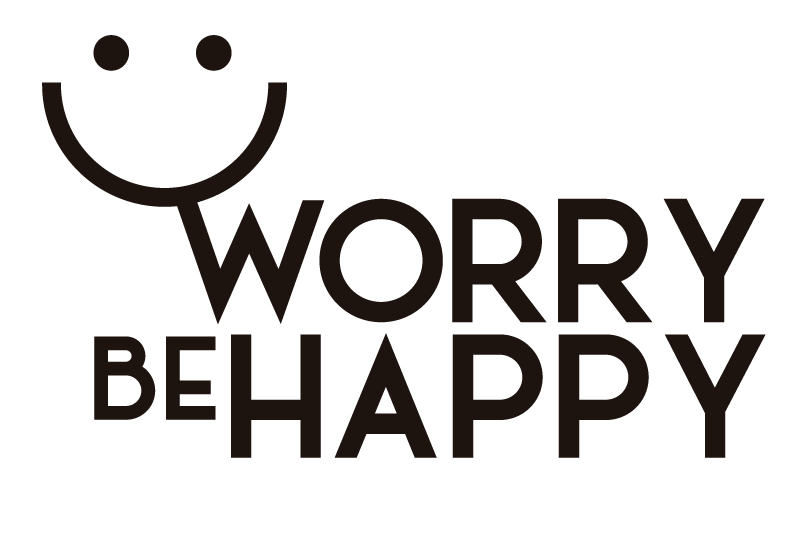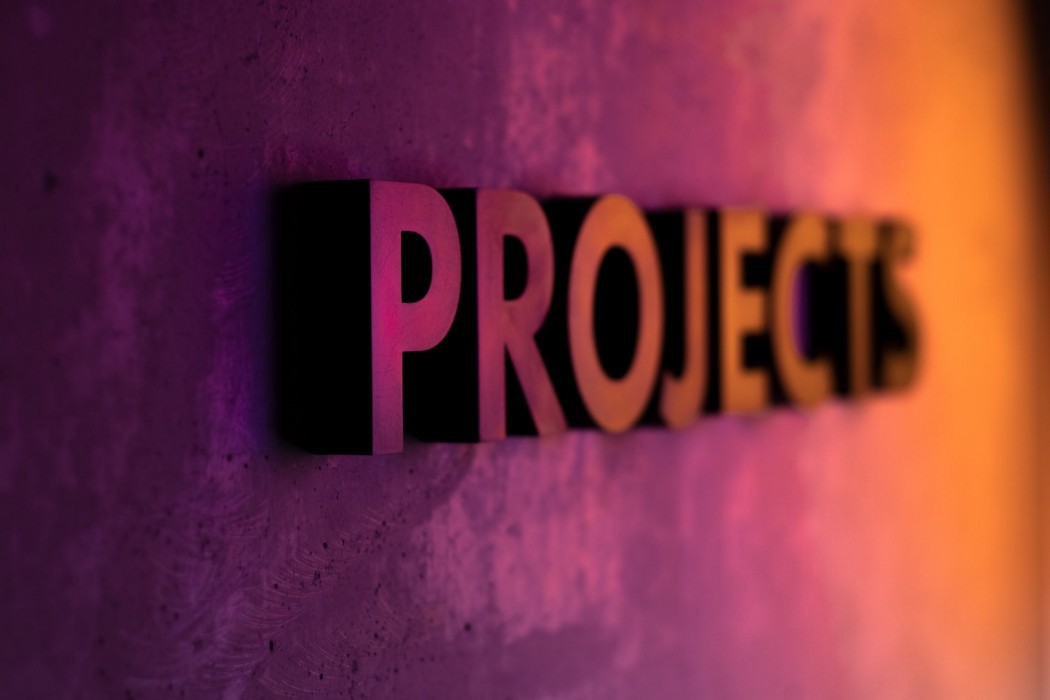A project dashboard is something that can change your life.
It can be implemented in any tool, from pen and paper to awesome productivity apps.
Here, I’ll tell you why and how!
What Is a Project
First, let’s state clearly what a project is.
A project is something you want to do that has a starting date and an end date.
A project is usually a group of tasks, from 1 to N.
We usually think about projects like huge things: building a bridge, a road, an airplane.
Maybe even writing a book or creating an online course is such a big thing.
All those examples are projects, but think smaller too. It’ll make your life easier. For example: defining your main goals for the new year.
For me, it’s ok to define projects that take me just 1–3 weeks to complete.
Why You Need Projects
You need projects in your life because they’ll give you the bird’s eye view you need to decide what you should do based on your main goals.
Projects show you the big picture.
They avoid you to collapse by dozens of to-dos.
That’s “the big move” you need to implement to be sure you’re prioritizing the tasks you should.
Projects tell you the way.
What Is a Project Dashboard
A project dashboard is a single view of all your projects from different perspectives.
As I said initially, you can implement it on any tool. In my case, I did it a long time ago on Omnifocus, last year on Notion, and now on Obsidian.
As I’ve always said, tools don’t matter, workflows do.
Structure of a Project Dashboard
Throughout all my life, I’ve always tried to simplify it. My PKM is no exception.
I have only 4 different and simple areas in my Project Dashboard:
- Projects to focus on this week.
- Active projects.
- Projects’ next task.
- Archived projects.
1. Projects to Focus on This Week
It’s a list of the projects I should focus on this week.
For each project, I show 2 fields:
- Status.
- Priority.
The list is ordered by priority.
My projects have different statuses:
- In progress: the ones I’m executing.
- On hold: I’ve stopped them for a reason.
- Future: those I’ll start whenever I begin to finish the ones in progress.
- Someday: those I’m not sure if I’ll do them, but I want to keep an eye on.
- Completed: finished projects.
Each of my projects has a priority from 1 to 5. It helps me know where I have to focus on my energy, attention, and time.
2. Active projects
A simple list of all my non-completed projects ordered by priority.
From that list, I decide which ones will be the ones I’ll focus on this week.
3. Projects’ next task
Each project “In progress” needs to have a “next task”.
It allows me to keep the wheel spinning.
If a project “in progress” hasn’t a “next task”, it means it’s stopped. I’m not moving forward on it.
That’s why during my weekly review, I always create a “next task” for all my projects “in progress”.
That’s how my PKM naturally forces me to keep moving forward towards my goals.
4. Archived projects
A simple list of all the projects I’ve already completed.
I never delete anything, just in case…
Takeaways
- Projects are an essential element in your PKM.
- They make it easy to put your efforts where you should.
- A project dashboard is a simple tool to manage them.
Give it a try and see results!
Photo by Octavian Dan on Unsplash.

